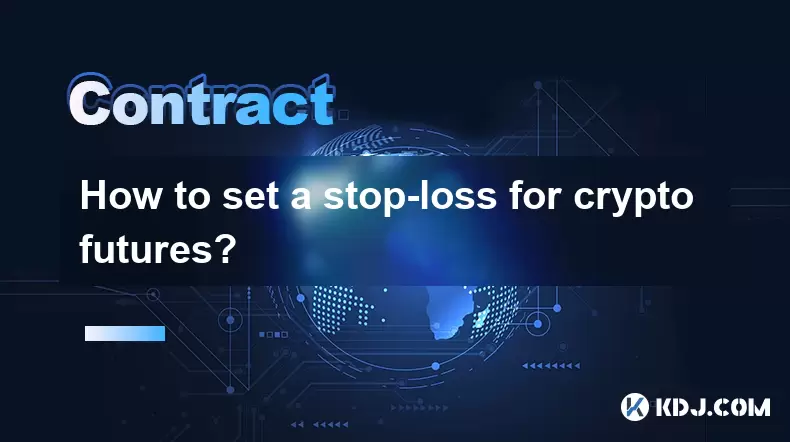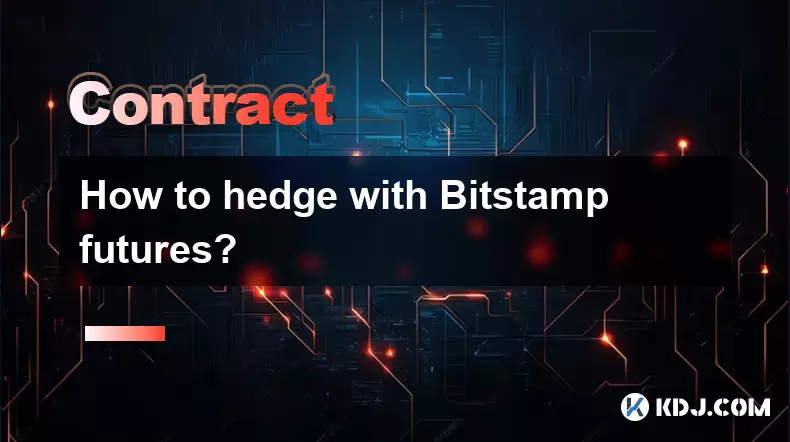-
 Bitcoin
Bitcoin $118800
1.58% -
 Ethereum
Ethereum $3746
0.77% -
 XRP
XRP $3.504
0.58% -
 Tether USDt
Tether USDt $1.000
0.01% -
 BNB
BNB $795.9
5.17% -
 Solana
Solana $202.3
1.89% -
 USDC
USDC $0.0000
0.02% -
 Dogecoin
Dogecoin $0.2660
0.42% -
 Cardano
Cardano $0.8851
0.64% -
 TRON
TRON $0.3168
2.24% -
 Hyperliquid
Hyperliquid $45.60
3.36% -
 Stellar
Stellar $0.4696
2.37% -
 Sui
Sui $3.964
0.86% -
 Chainlink
Chainlink $19.55
0.72% -
 Hedera
Hedera $0.2711
1.51% -
 Avalanche
Avalanche $25.71
0.02% -
 Bitcoin Cash
Bitcoin Cash $526.7
1.89% -
 Litecoin
Litecoin $120.5
4.40% -
 Shiba Inu
Shiba Inu $0.00001524
0.31% -
 UNUS SED LEO
UNUS SED LEO $8.994
0.01% -
 Toncoin
Toncoin $3.290
0.71% -
 Polkadot
Polkadot $4.498
2.49% -
 Uniswap
Uniswap $10.74
1.57% -
 Ethena USDe
Ethena USDe $1.001
0.01% -
 Monero
Monero $324.0
2.53% -
 Pepe
Pepe $0.00001410
0.25% -
 Bitget Token
Bitget Token $4.825
-0.16% -
 Dai
Dai $0.9999
0.01% -
 Aave
Aave $307.9
-2.13% -
 Bittensor
Bittensor $447.8
1.32%
How to set a stop-loss for crypto futures?
A stop-loss in crypto futures helps limit losses by automatically closing a trade when the price hits a preset level, crucial for managing risk in volatile markets.
Jul 23, 2025 at 05:08 am

Understanding Stop-Loss in Crypto Futures Trading
In crypto futures trading, a stop-loss is an order type designed to limit potential losses on a trade. When you set a stop-loss, you define a specific price at which your position will automatically close if the market moves against you. This mechanism is crucial for risk management, especially in the volatile cryptocurrency market where prices can swing dramatically within short periods.
For instance, if you go long on Bitcoin (BTC) futures at $60,000 and place a stop-loss at $58,000, your position will be closed once the price hits that level. This ensures you don't incur larger losses than anticipated.
Types of Stop-Loss Orders in Crypto Futures
There are several types of stop-loss orders available across various crypto derivatives platforms:
- Standard Stop-Loss: Triggers a market order when the specified price is reached.
- Trailing Stop-Loss: Adjusts dynamically with the market price, maintaining a fixed distance (in percentage or price value) from the current price.
- Stop-Limit Order: Combines features of a stop-loss and a limit order. The trade will only execute at the specified limit price or better after the stop price is triggered.
Each type has its own advantages and drawbacks. For example, a trailing stop-loss helps protect profits while allowing room for price fluctuations, whereas a standard stop-loss might result in slippage during highly volatile conditions.
Steps to Set a Stop-Loss on Major Crypto Exchanges
Setting a stop-loss order typically follows a similar process across major exchanges like Binance, Bybit, OKX, and KuCoin Futures. Here's how you can do it step-by-step:
- Open your preferred exchange’s futures trading interface.
- Select the trading pair you're interested in (e.g., BTC/USDT).
- Navigate to the order placement panel.
- Choose the stop-loss order type from the dropdown menu.
- Enter the trigger price at which you want the stop-loss to activate.
- Specify the execution price if using a stop-limit order; otherwise, leave it blank for a market execution.
- Input the position size or amount you wish to trade.
- Confirm and submit the order.
Some platforms allow you to set both take-profit and stop-loss levels simultaneously, ensuring comprehensive trade management.
Choosing the Right Price for Your Stop-Loss
Determining the optimal stop-loss level requires analysis and strategy. Many traders use technical indicators such as support and resistance levels, moving averages, or volatility measures like Bollinger Bands to decide where to place their stop-loss.
For example, placing a stop-loss just below a key support level can help avoid premature exits due to normal price fluctuations. Similarly, using ATR (Average True Range) allows traders to set dynamic stop-loss levels based on recent volatility.
It’s also important to consider position sizing in relation to your stop-loss. A tighter stop may require smaller position sizes to maintain manageable risk per trade.
Differences Between Isolated and Cross Margin Modes
When setting stop-loss orders in futures trading, the margin mode plays a critical role:
- In isolated margin mode, each position has a dedicated margin, and the stop-loss is applied specifically to that trade. If the stop-loss triggers, only the allocated margin is affected.
- In cross margin mode, all positions share the account balance as collateral. A single stop-loss triggering could impact other open positions, especially if liquidation occurs.
Understanding these modes is essential because liquidation prices differ between them. Setting a stop-loss too close to the entry price in cross margin may lead to early exits due to margin adjustments.
Risks and Considerations When Using Stop-Loss Orders
While stop-losses are vital tools, they come with certain risks:
- Slippage: During high volatility, the actual exit price may differ from the stop-loss level.
- Whipsaws: Markets can briefly touch your stop-loss level before reversing direction, leading to unnecessary losses.
- Exchange-specific behavior: Some platforms may not honor stop-loss orders during extreme market conditions or maintenance events.
To mitigate these issues, some traders combine stop-loss orders with hedging strategies or use trailing stops to adjust dynamically to market movements.
Frequently Asked Questions
Q: Can I modify my stop-loss after entering a trade?
Yes, most exchanges allow you to edit or cancel your stop-loss order anytime before it gets triggered. You can adjust the trigger price or switch between stop-market and stop-limit types depending on your platform.
Q: Do all crypto exchanges support stop-loss orders for futures?
Most major exchanges offer stop-loss functionality, but the availability and configuration options may vary. Always check the exchange’s official documentation or test in a demo environment first.
Q: What happens if my stop-loss triggers but there’s no buyer/seller at that price?
If the market lacks liquidity at your stop-loss price, the order may execute at a worse price than expected—this is known as slippage. Using a stop-limit instead of a stop-market may prevent this, but it also runs the risk of not being filled at all.
Q: Should I always use a stop-loss in crypto futures trading?
Using a stop-loss is strongly recommended for managing risk effectively. Without one, sudden market moves can lead to significant losses, especially in leveraged futures trading.
Disclaimer:info@kdj.com
The information provided is not trading advice. kdj.com does not assume any responsibility for any investments made based on the information provided in this article. Cryptocurrencies are highly volatile and it is highly recommended that you invest with caution after thorough research!
If you believe that the content used on this website infringes your copyright, please contact us immediately (info@kdj.com) and we will delete it promptly.
- Arca, PENDLE, and Kraken: Navigating DeFi's Institutional Currents
- 2025-07-23 11:10:11
- Bitcoin Betting, Small Investors, and the Specter of Dollar Collapse: A New Yorker's Take
- 2025-07-23 08:50:11
- Altcoins, Binance Futures, and Bitcoin Rotation: Catching the Crypto Wave
- 2025-07-23 09:10:11
- Dianne Smith, a Spanish Doubloon, and JM Mason: A Pike County Tale
- 2025-07-23 08:30:13
- Bitcoin, Investor, and Computer Blunders: A $95 Million Lesson
- 2025-07-23 09:30:12
- Bitcoin Bulls Eye $115,000, Poised for a $120,000+ Breakout?
- 2025-07-23 08:50:11
Related knowledge

Why is my Bitstamp futures position being liquidated?
Jul 23,2025 at 11:08am
Understanding Futures Liquidation on BitstampFutures trading on Bitstamp involves borrowing funds to open leveraged positions, which amplifies both po...

How to find your Bitstamp futures trade history?
Jul 23,2025 at 08:07am
Understanding Bitstamp and Futures Trading AvailabilityAs of the current state of Bitstamp’s service offerings, it is critical to clarify that Bitstam...

How to trade ETH perpetuals on Bitstamp?
Jul 23,2025 at 03:28am
Understanding ETH Perpetual ContractsETH perpetual contracts are derivative products that allow traders to speculate on the price of Ethereum without ...

How to hedge with Bitstamp futures?
Jul 23,2025 at 02:00am
Understanding Bitstamp Futures ContractsBitstamp futures are financial derivatives that allow traders to speculate on or hedge against the future pric...

What happens during a Bitstamp margin call?
Jul 23,2025 at 07:42am
Understanding Bitstamp Margin CallsA Bitstamp margin call occurs when the value of a trader’s equity in a margin position falls below the required mai...

What is maintenance margin on Bitstamp?
Jul 23,2025 at 10:08am
Understanding Maintenance Margin on BitstampMaintenance margin on Bitstamp refers to the minimum amount of equity that must be maintained in your marg...

Why is my Bitstamp futures position being liquidated?
Jul 23,2025 at 11:08am
Understanding Futures Liquidation on BitstampFutures trading on Bitstamp involves borrowing funds to open leveraged positions, which amplifies both po...

How to find your Bitstamp futures trade history?
Jul 23,2025 at 08:07am
Understanding Bitstamp and Futures Trading AvailabilityAs of the current state of Bitstamp’s service offerings, it is critical to clarify that Bitstam...

How to trade ETH perpetuals on Bitstamp?
Jul 23,2025 at 03:28am
Understanding ETH Perpetual ContractsETH perpetual contracts are derivative products that allow traders to speculate on the price of Ethereum without ...

How to hedge with Bitstamp futures?
Jul 23,2025 at 02:00am
Understanding Bitstamp Futures ContractsBitstamp futures are financial derivatives that allow traders to speculate on or hedge against the future pric...

What happens during a Bitstamp margin call?
Jul 23,2025 at 07:42am
Understanding Bitstamp Margin CallsA Bitstamp margin call occurs when the value of a trader’s equity in a margin position falls below the required mai...

What is maintenance margin on Bitstamp?
Jul 23,2025 at 10:08am
Understanding Maintenance Margin on BitstampMaintenance margin on Bitstamp refers to the minimum amount of equity that must be maintained in your marg...
See all articles

























































































